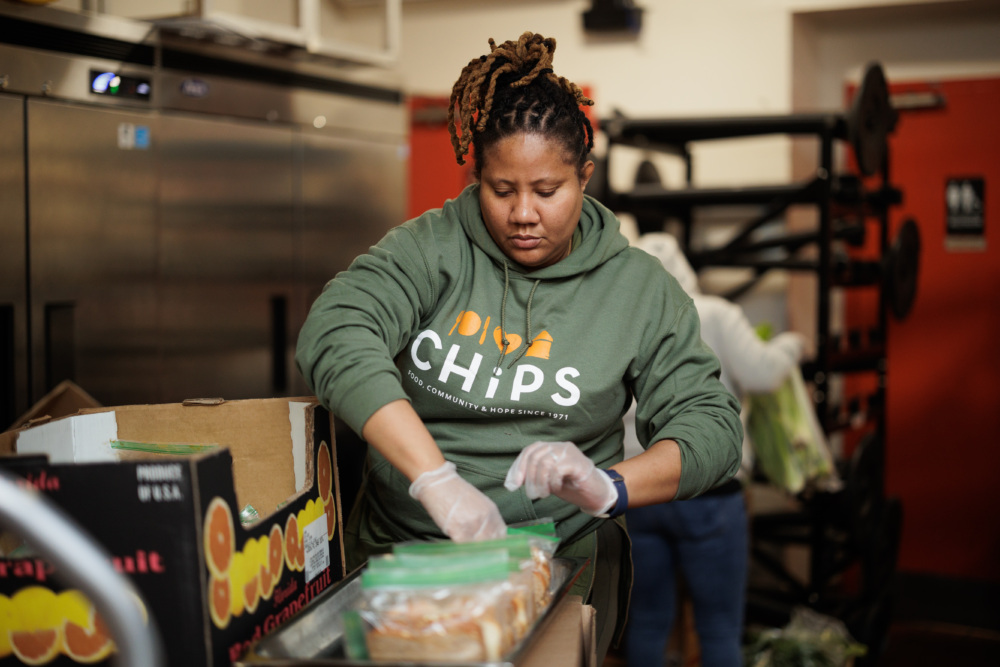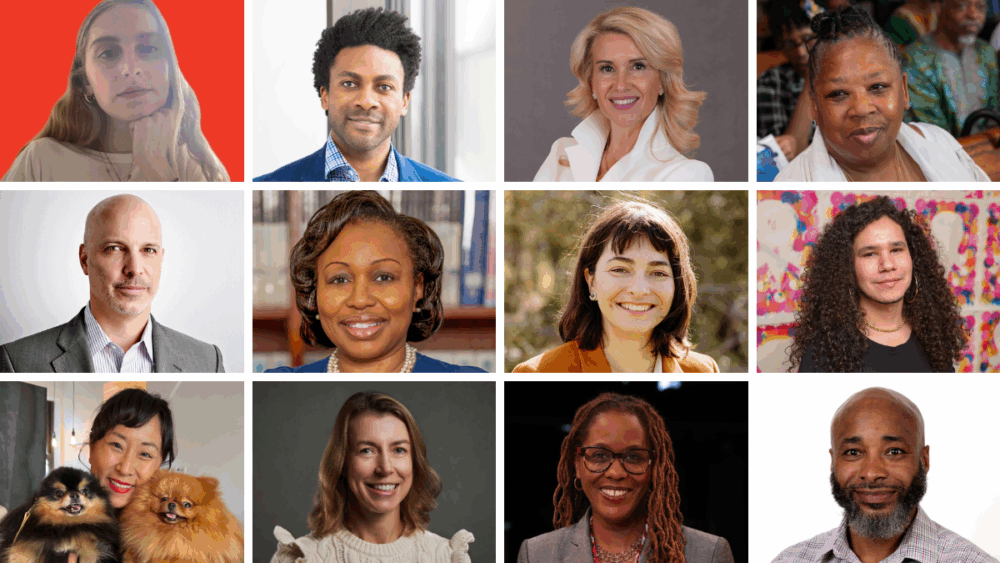Five Brooklyn Founders Selected To Receive “Just Brooklyn Prize” From The Social Justice Fund & Brooklyn Org
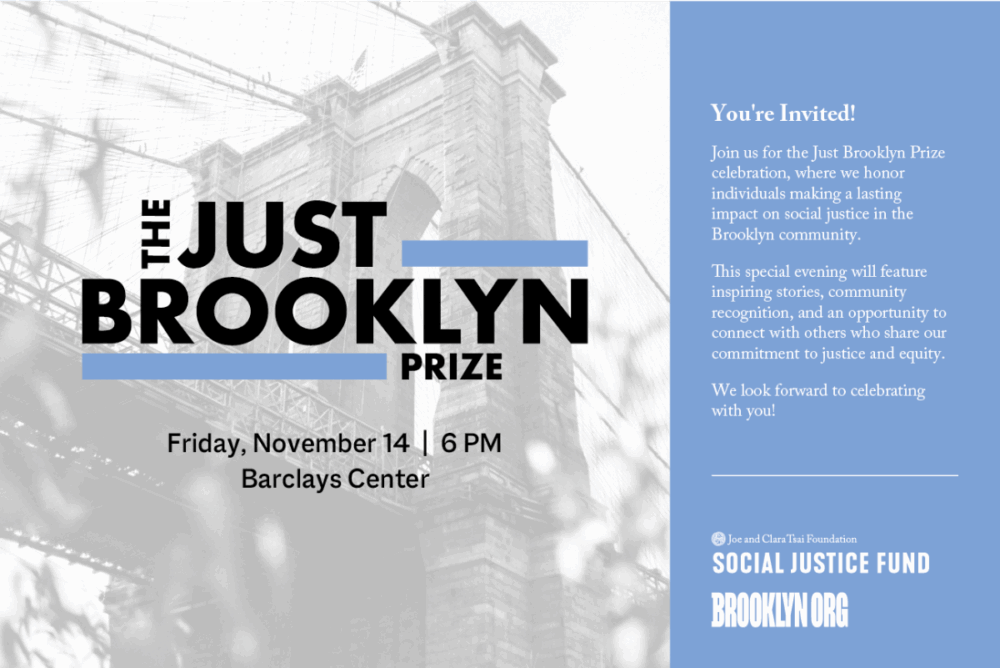
The withdrawal of SNAP threatens the well-being and stability of more than 700,000 people in the borough — 1 in 4 Brooklynites
Black communities have long been the foundation of Brooklyn’s economy, from early Black-owned businesses in Weeksville to today’s labor movements that advocate for fair wages and equitable opportunities. This year’s Black History Month theme, African Americans and Labor, honors the generations of Black workers, organizers, and activists whose work has shaped industries, built institutions, and fueled economic justice movements.
Brooklyn Org partners with organizations that are closing opportunity gaps and creating career pathways across communities, grounded by the knowledge that Brooklyn is stronger when we can all access resources to lead self-determined and economically secure lives. We are committed to investing in people and movements shaping a future where economic opportunity isn’t defined by race, background, or zip code.
Black History Month reminds us that economic justice is inseparable from racial justice—and that progress is ongoing. Today’s organizers and advocates continue the work of past leaders, pushing for fair wages, economic mobility, and access to opportunities across sectors.
Below we’re highlighting five Black leaders whose work transformed New York City’s labor movements and laid foundations for its future:
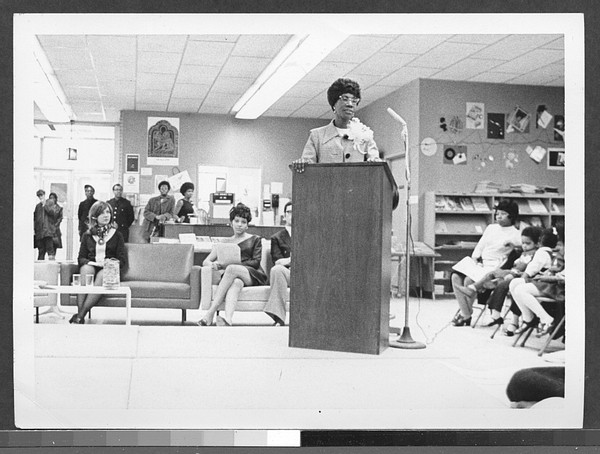
A Brooklyn native, the first Black woman elected to Congress, and the first woman and Black American to run for president, Shirley Chisholm was a fierce advocate for workers’ rights, fair wages, and economic opportunities for low-income communities, particularly in Central Brooklyn. As a former educator, she understood firsthand how economic inequality shaped communities. Chisholm pushed for universal childcare, expanded employment programs and protections for domestic workers, many of whom were Black and immigrant women. For the centennial of Chisholm’s birth, the Museum of the City of New York is honoring her with an exhibition exploring her impact on American politics and labor justice.
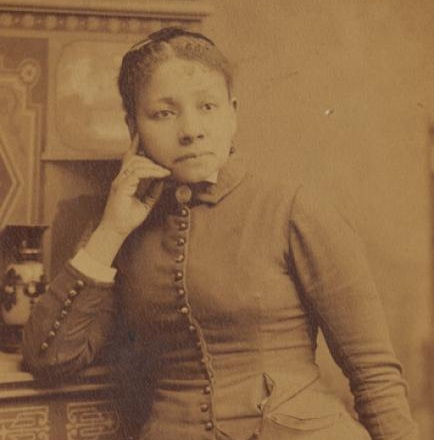
Born in Brooklyn in 1847, Susan McKinney Steward was a physician and author who became the third African American woman to earn a medical degree in the United States and the first in New York State. She built a successful medical practice serving Black women and children, who were often denied care in segregated hospitals. McKinney Steward’s parents were early residents in Weeksville, a self-sufficient Black community where land ownership was a tool for economic independence, and she dedicated much of her life to advocating for women’s health and racial equity in medicine. Today, the neighborhood is home to the Weeksville Heritage Center, a cultural institution preserving the legacy of this historic community and its role in Black self-determination.
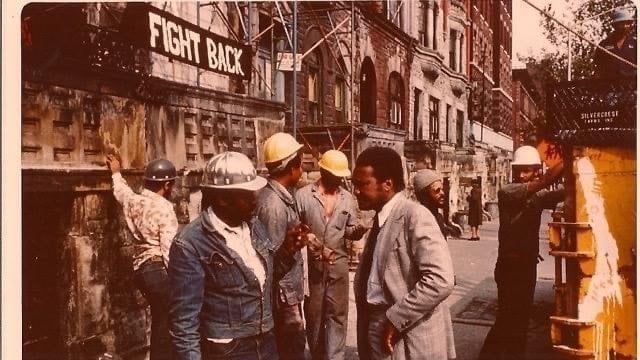
Born in 1929, James Haughton Jr. was a Brooklyn-based labor organizer who fought to dismantle discriminatory hiring practices and expand job opportunities for Black and immigrant workers. In the 1960s, he founded Fight Back, an organization that pushed for fair hiring in construction, transit, and public-sector jobs. Throughout the 1970s and 1980s, he took on trade unions and employers who excluded workers of color from stable, well-paying careers, helping to pave the way for greater labor protections and workforce diversity in Brooklyn and beyond.
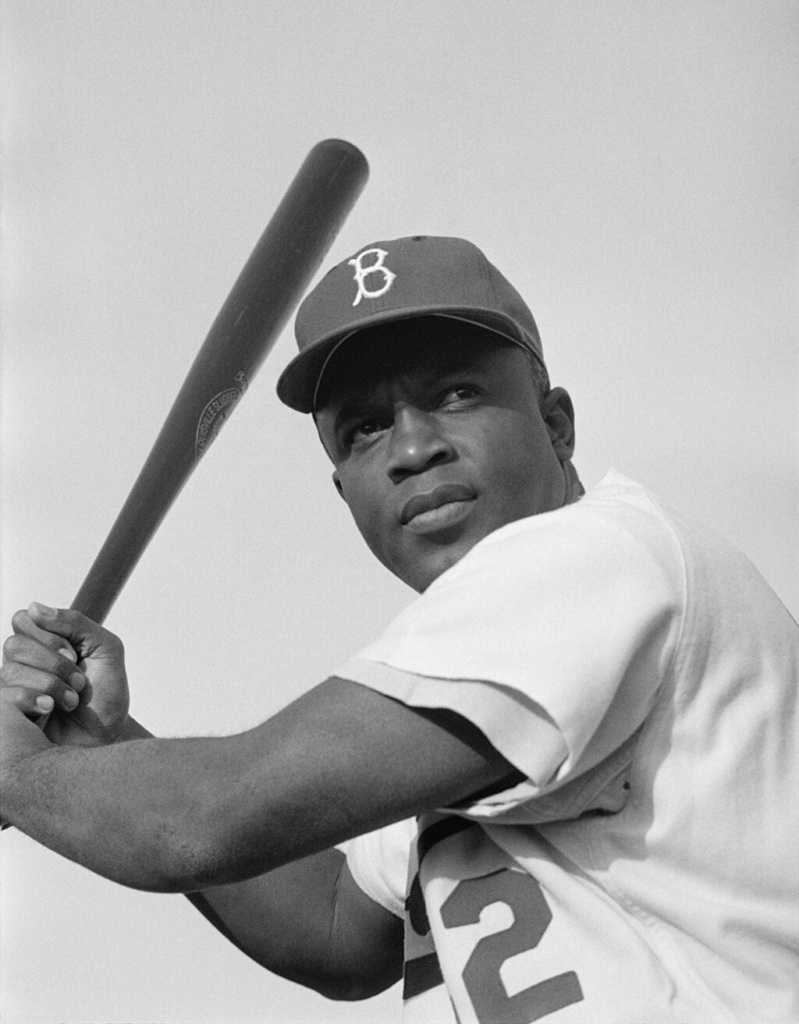
Breaking Major League Baseball’s color barrier with the Brooklyn Dodgers in 1947, Robinson became a strong advocate for labor rights within the sport. He pushed for fair contracts, better wages, and improved conditions for Black players, who faced pay disparities and exclusion from endorsement deals. After retiring, Robinson continued to fight for economic justice by supporting Black-owned businesses and calling for greater corporate diversity.
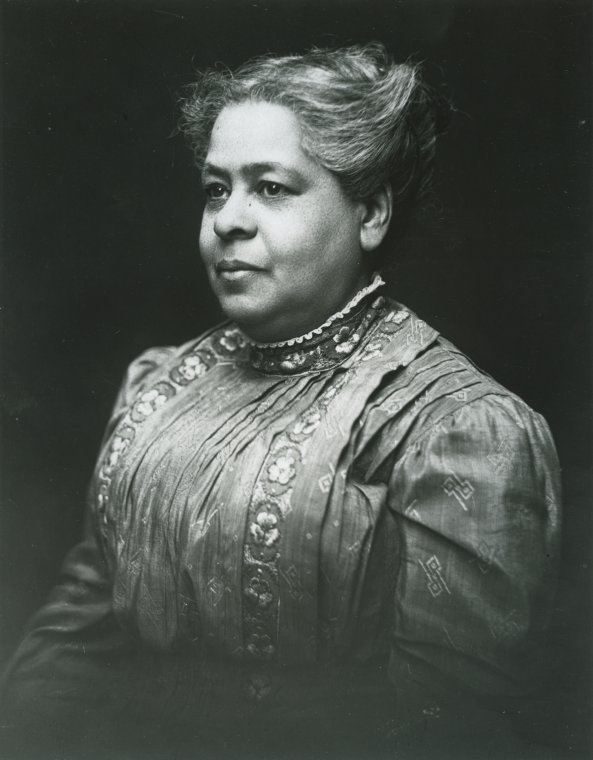
A Brooklyn-based educator and activist, Maritcha Lyons taught in public schools for 48 years and was the second Black woman to serve as an assistant principal in the borough. As an outspoken advocate for racial and gender equity, she co-founded the Women’s Loyal Union of New York and Brooklyn in 1892, one of the first women’s rights, labor, and racial justice organizations in the nation. Through her work, Lyons connected labor justice with civil rights by advocating for equal access to education and economic opportunities for Black women.
